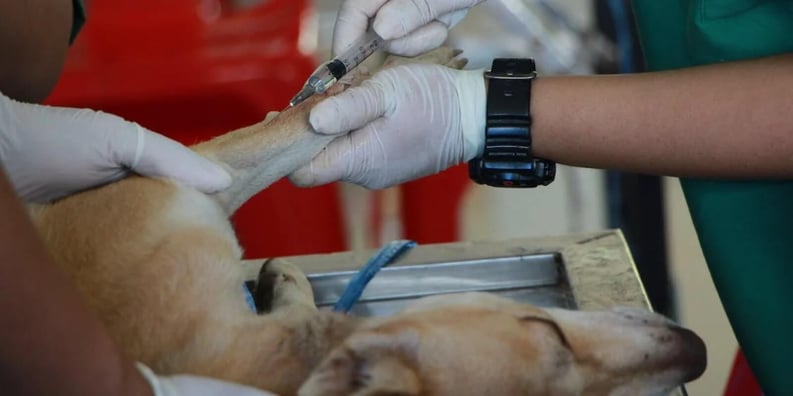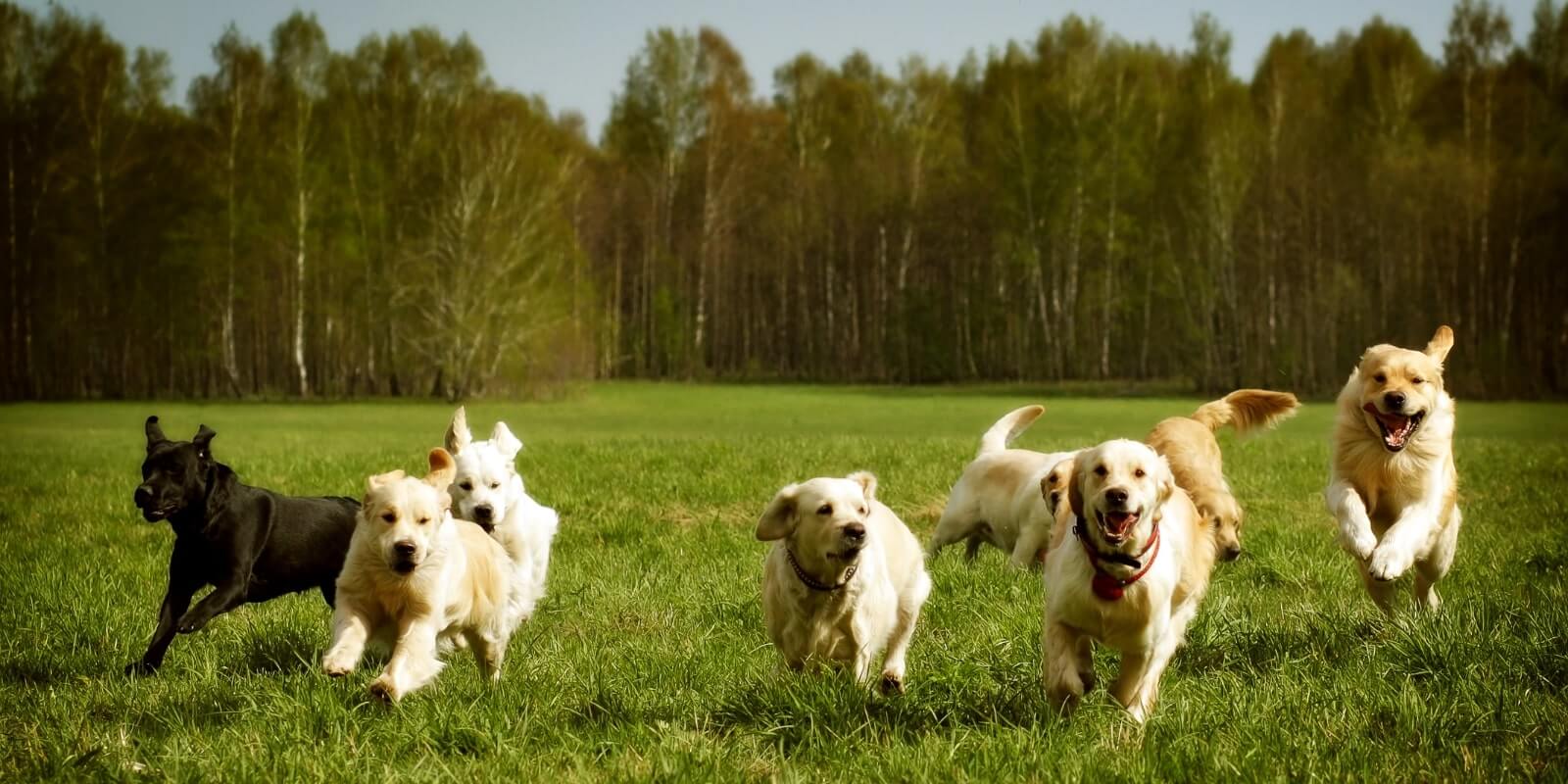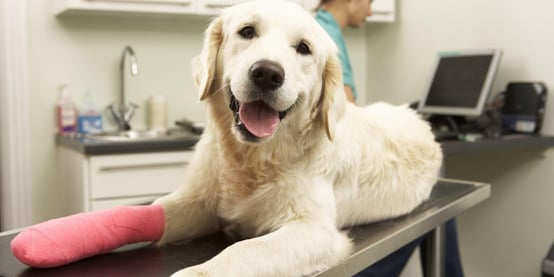Large dog breeds are wonderful companions because they are often fun-loving, active, and protective animals that love their families. You will get hours of joy from your large dog and, in their younger years, they will probably need very little health support. However, as large dogs age, there are some common surgeries that can creep up that they might end up needing.
If you own a large dog and you are trying to be prepared for the kinds of surgeries that your dog might one day need, you may want to be prepared for some of the common surgeries discussed below. Large and small dogs can have very different common risk factors, and you should be sure that you are aware of the major surgeries that your large dog might need in their lifetime.
Read on to learn some more about the common surgeries for large dogs.
Common Surgeries for Large Dogs
ACL Surgery
Large dogs tend to be high-energy as well as high-drive. This means that they can sometimes exceed the strength of their limbs as they jump over things, climb on things, or play with other dogs. Many large dogs each year tear their cranial cruciate ligament (CCL) in one or both of their hind legs. This can lead to severe lameness, pain, and depression when it is not addressed. This kind of injury does not often resolve without surgery either, so you cannot opt to let time heal the injury.
This surgery will also lead to a very long recovery period and about 8 to 12 weeks of activity restriction. The good news is that this surgery is usually quite successful, and dogs often return to their full activity level post-recovery.
Cancer Surgery
This is a common health problem that can impact large dogs such as Golden Retrievers. There are certain large dog breeds that are more prone to getting cancer, and this diagnosis almost always requires surgery or treatment to remove a tumour or growth. These surgeries can range wildly in cost, but the follow-up care and the chemotherapy treatment that usually follows are where the true cost of cancer-related procedures can add up.
Cancer can be hard to predict in large dog breeds as a whole, but some large dogs will need the occasional lumpectomy to make sure that a growth is not cancerous. Large dogs are not any more prone to tumours than other pets, but this is one of the things that pet owners might want be prepared to grapple with at some point during their dog’s life.

Foreign Body Surgery
Large dogs are quite prone to getting into trouble because of their acute sense of smell, and it is very common for a large dog to eat something that is not truly edible. This can lead to impactions and other damage to the GI tract that can only be remedied with surgery. If you own a lab or a hound breed, you should be prepared to provide surgical support for your dog due to eating something that is not going to pass through its GI tract.
The good news is that you can sometimes avoid surgery if you get your dog to the vet right away after they have eaten something inedible. When caught early, inedible objects can sometimes be expelled through induced vomiting, which is much easier on your dog overall and much less expensive.
Fracture Repairs
Dogs of all sizes can sometimes break bones when they are playing too hard or if they decide to run across the road. Another common reason for dog fractures and broken bones is a collision with things like a four-wheeler or tractor. Dogs that need a fracture repaired will often be referred to a specialty surgical clinic where the necessary procedure can be performed to pin or stabilize the fracture.
The good news about broken bones in dogs is that they often heal quite well so long as you can keep your dog from chewing off their cast or splint during the healing process. Keeping your dog calm and well-supervised during the first few weeks of healing can make a big impact on the ease with which your dog’s broken bones heal.
Abscess Surgery
Abscesses can be common to all sizes of animals, but large dogs seem to be particularly prone to getting injuries that lead to abscessing of the wound. These can be smelly, unsightly, and hard to heal without surgical intervention. Thankfully, this is often a very simple process that only takes a few minutes to complete. You might need to do some aftercare at home for a couple of weeks to help the healing process, but otherwise, the process of surgical intervention to deal with an abscess is quite simple.
Preparing for Surgeries in Large Dogs
If you have a large dog, it is always wise to plan ahead and have savings for possible surgical procedures that your dog might need to have done. Having some money saved up can help soften the blow if a surgical procedure is needed, and you will have less anxiety about getting your dog treatment if you are ready for this kind of outcome. However, depending on when you begin saving for the future, and the cost of any necessary surgery, it may be tough to save enough before your pet needs care - this is where we believe pet insurance such as Furkin can help!
While not every large dog will need these surgeries during their lifetime, it can be wise to prepare for at least a couple of these issues to crop up during your dog’s lifetime. Being prepared for your dog to get an injury or to eat something that it should not have ingested can help you to be on the lookout for the symptoms of these kinds of problems. The more that you know about these kinds of common surgical interventions, the more likely you will be to recognize the early warning signs and get your dog to the vet for treatment.



